Mexico's culinary identity is rich with bold spices, vibrant colors, and unforgettable flavor combinations. Among its most versatile and beloved condiments are Mexican fruit sauces — sweet, tangy, sometimes fiery, always memorable.
Whether you're looking to elevate tacos, create signature cocktails, or add complexity to desserts, Mexican fruit sauces offer authentic flavor experiences that transform ordinary meals into extraordinary culinary adventures.
Let's explore the five essential Mexican fruit sauces that every food lover should know, how to use them creatively, and what to look for when buying the best quality options.
| Sauce | Base Ingredient | Main Flavor Notes | Best For | Heat Level (1–5) |
|---|---|---|---|---|
| Mango Biche | Unripe Mango | Tart, Salty, Spicy | Fruit dips, snacks | 3 |
| Tamarindo | Tamarind Pulp | Tangy, Sweet, Smoky | Candy, cocktails, marinades | 2 |
| Chamoy | Pickled Plums/Peaches | Umami, Sour, Salty | Gummy candy dunks, sauces, drinks | 4 |
| Guava Paste | Guava | Sweet, Fruity | Cheese pairings, desserts | 0 |
| Salsa de Piña | Pineapple | Sweet, Tropical, Mild Heat | Tacos, glazes, dressings | 2–3 |
Mexican fruit sauces are traditional condiments made by blending fruits like mango, tamarind, guava, and pineapple with sugar, chili, vinegar, and spices. These sauces balance sweet, sour, salty, and spicy elements — a hallmark of authentic Mexican flavor profiles.
While commercial versions are widely available in supermarkets and Latin grocery stores, many families still prepare their own homemade variations passed down through generations.
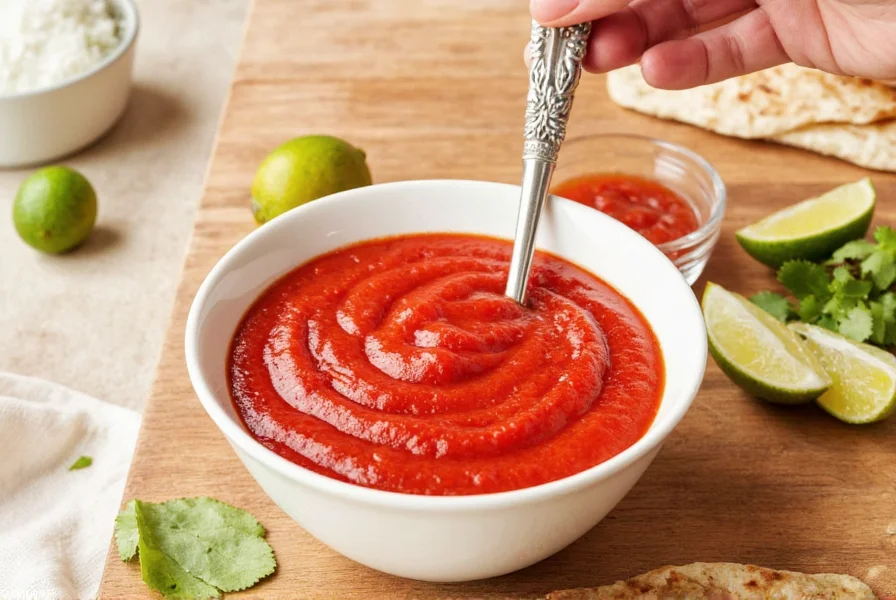
Top 5 Mexican Fruit Sauces You Should Know
1. Mango Biche (Mango con Biche)
This zesty green sauce is made from unripe mangoes soaked in a briny mix of lime juice, salt, chili powder, and vinegar. The result? A tart, spicy, and refreshing condiment perfect for snacking or topping fresh fruit.
2. Tamarindo (Tamarind Sauce)
Tamarind is one of the most iconic fruits in Mexican cuisine. Its pulp is boiled and blended with sugar and chilies to create a thick, sticky sauce with a deep tangy flavor profile. It's often sold as a syrup or paste but also appears in candies and drinks.
3. Chamoy
Chamoy is a complex, multi-layered sauce that combines pickled fruit (usually apricot, plum, or peach) with chili, lime, and salt. Known for its intensely sour-spicy flavor, chamoy has become a cult favorite across Mexico and beyond.
4. Guava Paste (Pasta de Guayaba)
Thicker than most sauces, guava paste is a sweet, chewy spread made from reduced guava pulp, sugar, and lemon juice. While it's traditionally paired with cheese, especially in desserts, it can be melted into glazes or used in savory dishes for a sweet counterpoint.
5. Salsa de Piña (Pineapple Sauce)
This tropical delight blends ripe pineapple with chilies and spices to create a vibrant orange-red sauce that's both sweet and fiery. Pineapple sauce is commonly used in tacos, marinades, and even salad dressings.
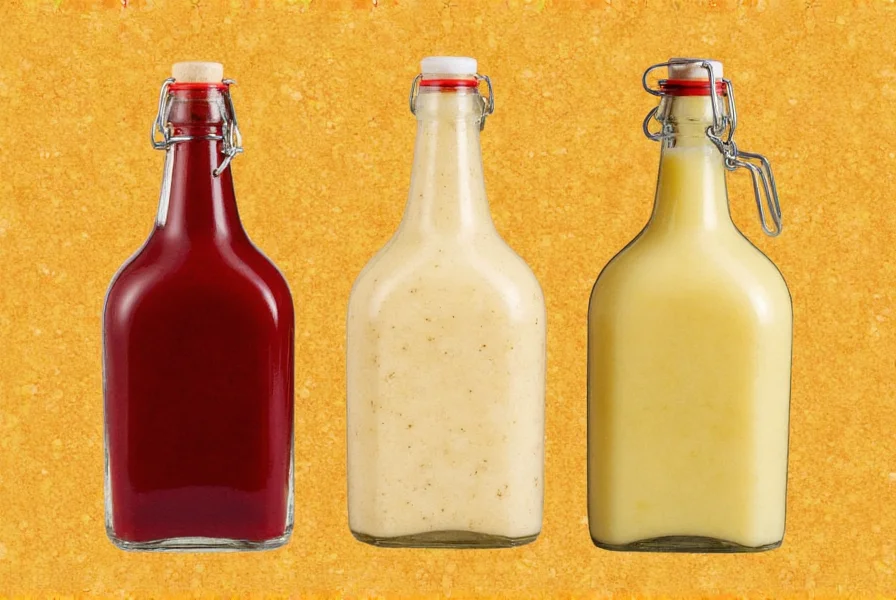
Creative Ways to Use Mexican Fruit Sauces
1. Elevate Your Tacos
A dollop of tamarind sauce or a drizzle of salsa de piña adds complexity and depth to any taco. Try them on al pastor, barbacoa, or even vegan options like mushroom tacos.
2. Glaze Meats with Guava Paste
Combine guava paste with a bit of apple cider vinegar and a pinch of cinnamon to create a glaze for pork tenderloin or chicken thighs. Bake or grill until caramelized and golden.
3. Make Signature Cocktails
Add a splash of mango biche or chamoy to margaritas, palomas, or even non-alcoholic agua frescas for an instant flavor boost.
4. Dress Up Salads
Blend salsa de piña with olive oil, a squeeze of lime, and some chopped cilantro for a vibrant salad dressing that pairs well with arugula, avocado, and citrus segments.
5. Create Dessert Dips
Serve fresh strawberries or mango cubes with a creamy dip made from sour cream mixed with chamoy or tamarind sauce. It's a perfect blend of sweet, salty, and spicy!
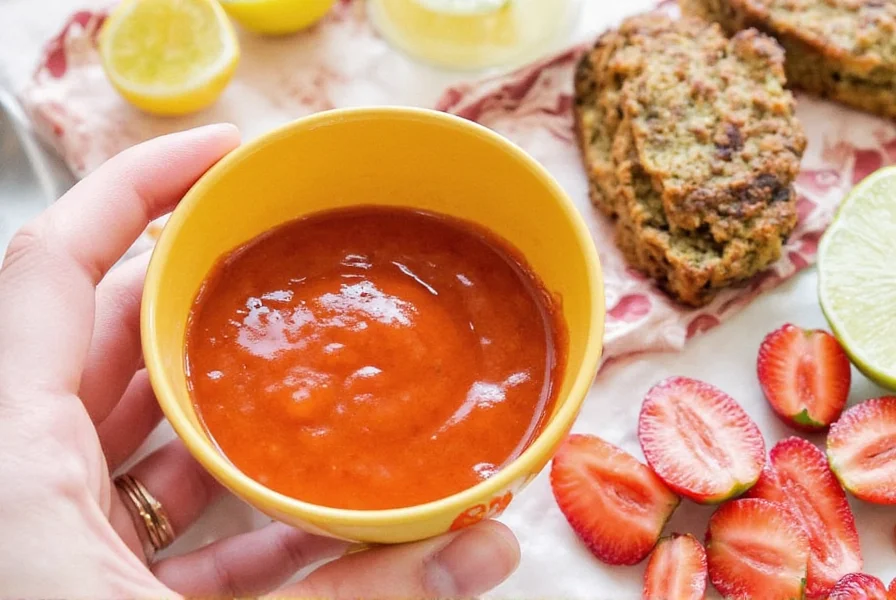
Frequently Asked Questions About Mexican Fruit Sauces
What are the most popular Mexican fruit sauces?
The five most popular Mexican fruit sauces are Mango Biche (made from unripe mangoes), Tamarindo (tamarind-based), Chamoy (a complex sauce made from pickled fruits), Guava Paste, and Salsa de Piña (pineapple sauce). Each offers unique flavor profiles ranging from sweet and tangy to spicy and sour.
Where can I find authentic Mexican fruit sauces?
You can find authentic Mexican fruit sauces at Latin grocery stores, major supermarkets with international sections, and online retailers like Amazon, MexGrocer, and Tienda. Look for brands like La Costeña, Valle Natural, Doña María, and El Yucateco for quality options.
How long do Mexican fruit sauces last once opened?
Most commercial Mexican fruit sauces will last 1-2 months in the refrigerator after opening. Homemade versions typically have a shorter shelf life of 1-2 weeks. Always check the expiration date on commercial products and look for signs of spoilage like mold, off smells, or separation that doesn't resolve with shaking.
Are all Mexican fruit sauces spicy?
No, not all Mexican fruit sauces are spicy. While many do contain chili for heat (like Mango Biche and Chamoy), others like Guava Paste are naturally sweet with no heat. The heat level varies significantly between sauces and even between brands of the same sauce type.
Can I make Mexican fruit sauces at home?
Absolutely! Many traditional Mexican fruit sauces can be made at home with fresh fruits, vinegar, sugar, salt, and chilies. Homemade versions allow you to adjust sweetness, acidity, and heat to your personal preference. Some sauces like guava paste require more time as the fruit needs to be reduced slowly.
What's the difference between Chamoy and Mango Biche?
Chamoy is a complex sauce made from pickled fruits (usually apricot, plum, or peach) with a balance of sour, salty, sweet, and spicy flavors. Mango Biche specifically refers to a sauce made from unripe mangoes preserved in a briny mixture of lime juice, salt, chili powder, and vinegar. While both are tart and spicy, Chamoy has a more complex flavor profile.
Are Mexican fruit sauces gluten-free?
Most traditional Mexican fruit sauces are naturally gluten-free as they're made from fruits, sugar, vinegar, and spices. However, always check labels if you have celiac disease or severe gluten sensitivity, as some commercial products may use thickeners or additives that contain gluten.
How should I store Mexican fruit sauces?
Unopened commercial Mexican fruit sauces can be stored in a cool, dark pantry. Once opened, most should be refrigerated to maintain freshness and prevent spoilage. Always use clean utensils when serving to avoid introducing bacteria, and keep the lid tightly sealed when not in use.
Buying Guide: Choosing the Best Mexican Fruit Sauce
If you're new to Mexican fruit sauces, the variety available can be overwhelming. Here's a quick guide to help you select the right ones based on quality, usage, and personal preference.
Key Features to Look For
- Natural Ingredients: Avoid products with artificial preservatives, high fructose corn syrup, or synthetic flavoring.
- Balanced Flavors: A good sauce should strike a harmony between sweetness, acidity, spice, and saltiness.
- Texture: Some sauces are thick and syrupy; others are chunkier or more gelatinous. Choose based on intended use.
- Authentic Brand: Look for brands that source ingredients ethically or originate from regions known for traditional recipes.
Top Picks Based on Use Case
| Sauce | Brand | Features | Target Audience | Ideal Occasion |
|---|---|---|---|---|
| Mango Biche | La Costeña | Vinegar-based, crisp texture, medium heat | Snack lovers, casual eaters | Picnics, summer parties |
| Tamarindo | Rio Tropical | Thick, sweet-tart, no added preservatives | Cocktail enthusiasts, dessert lovers | Home bars, holiday baking |
| Chamoy | Valle Natural | Spicy, slightly smoky, premium quality | Flavor seekers, gourmet cooks | Exotic dinner parties, DIY candy dips |
| Guava Paste | Doña María | Smooth, firm, ideal for melting | Chef-style home cooks | Dinner parties, charcuterie boards |
| Salsa de Piña | El Yucateco | Chunky texture, mild spice, bright flavor | Grill masters, adventurous foodies | BBQ nights, taco Tuesdays |
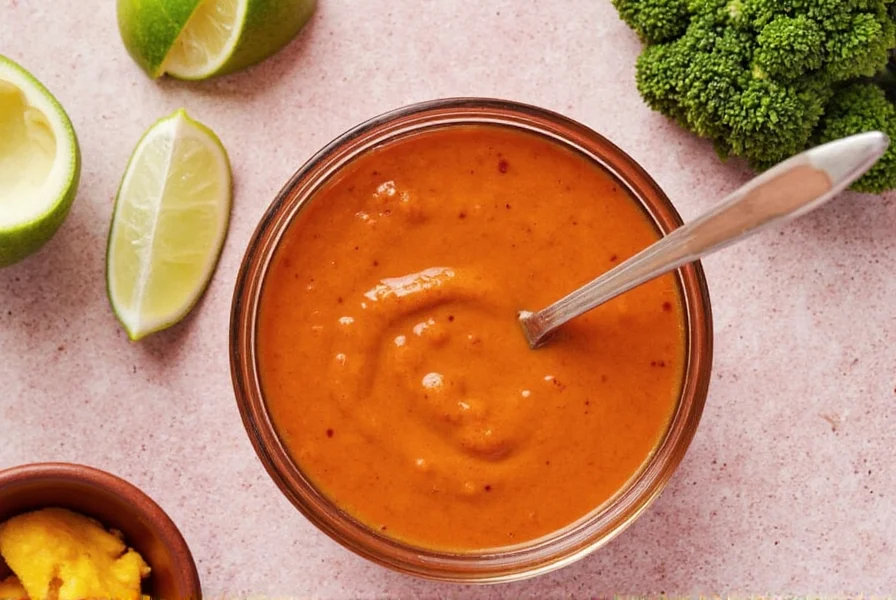
Where to Buy
- Local Grocery Stores: Latino markets, specialty food shops, and major chains like Walmart or Whole Foods often carry basic varieties.
- Online Retailers: Amazon, MexGrocer, and Tienda offer a wider range of regional and artisanal options.
- International Food Shows: Attend local cultural fairs or international food expos to sample unique brands before buying in bulk.
Final Thoughts
Mexican fruit sauces are more than just condiments — they're expressions of culture, heritage, and creativity in the kitchen. Whether you're looking to spice up your weeknight dinners or explore the rich tapestry of global flavors, these sauces open up a world of culinary possibilities.
So next time you see a jar of chamoy or a bottle of mango biche, don't hesitate — give it a try! Who knows, it might just become your new go-to ingredient.
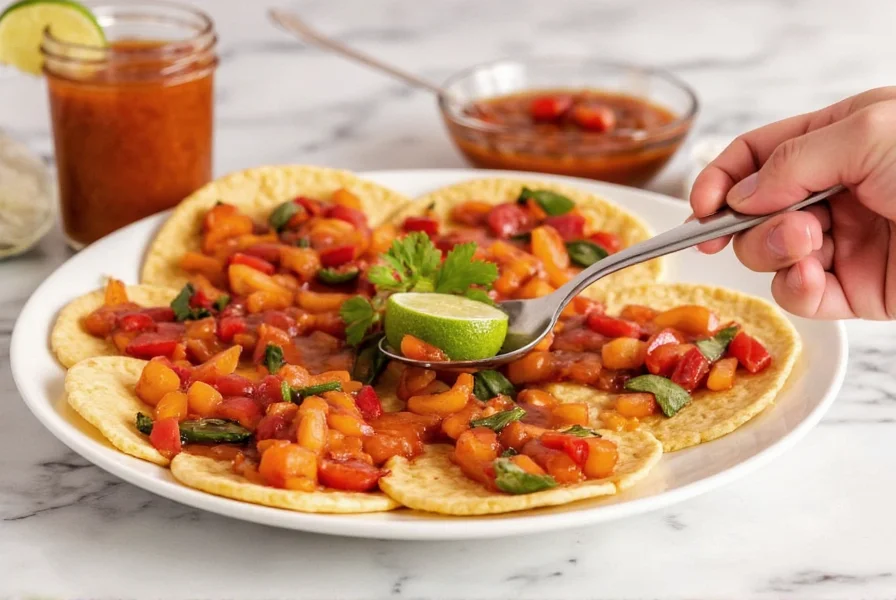
Got a favorite Mexican fruit sauce we missed? Share your thoughts below!











 浙公网安备
33010002000092号
浙公网安备
33010002000092号 浙B2-20120091-4
浙B2-20120091-4